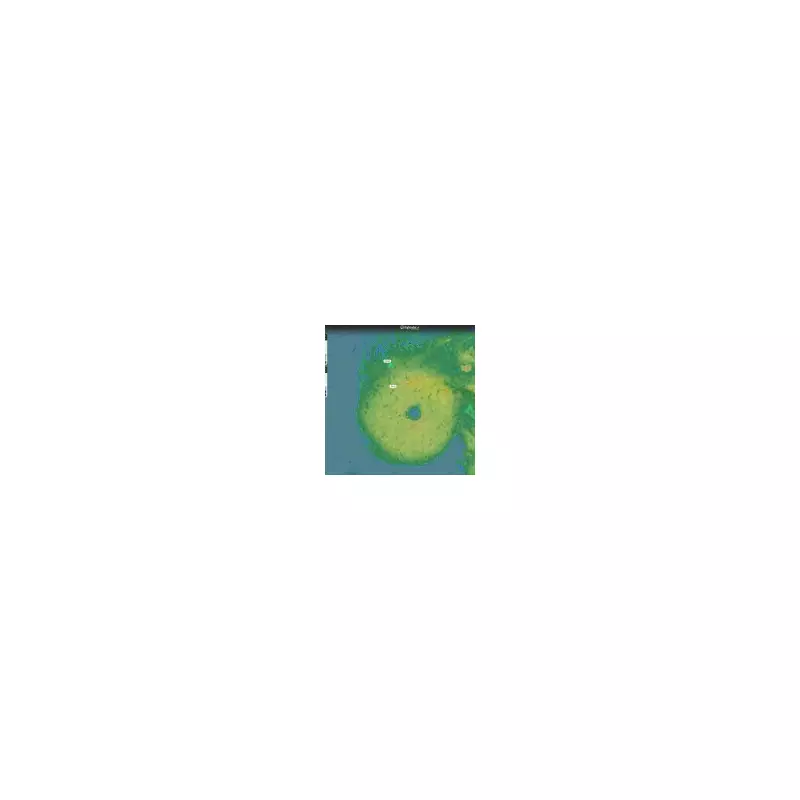
In a breathtaking display of modern aviation navigation, a commercial airliner was tracked flying directly through the eye of Hurricane Melissa during its transatlantic journey from the United States to the United Kingdom.
The remarkable flight path, captured by real-time tracking services, shows the aircraft entering the Category 1 hurricane's eyewall before passing through the relatively calm eye and exiting through the opposite side. The daring route occurred approximately 600 miles east of Bermuda during the peak of the storm's intensity.
The Turbulent Journey
Passengers aboard the flight reported experiencing extreme turbulence as the aircraft navigated the hurricane's powerful weather systems. One traveller described the experience as "like being on a rollercoaster that suddenly decided to become a washing machine."
Despite the alarming nature of the flight path, aviation experts were quick to reassure the public about the safety of such manoeuvres. Modern aircraft are equipped with sophisticated weather radar systems that allow pilots to identify the safest routes through storm systems.
Expert Analysis
Meteorologists explained that flying through the eye of a hurricane, while dramatic on tracking maps, can sometimes represent the most efficient path when navigating around larger weather systems. The practice is not uncommon among experienced flight crews who utilise advanced weather forecasting technology.
"What appears alarming to the casual observer is often a calculated decision by highly trained professionals," explained an aviation safety consultant. "Aircraft are designed to withstand significant turbulence, and flight crews receive extensive training in weather avoidance techniques."
Hurricane Melissa's Impact
The hurricane, which formed in the central Atlantic earlier this week, has been tracking northeastward away from land masses, primarily affecting shipping lanes and transatlantic flight paths. Meteorologists continue to monitor the storm as it moves toward colder waters where it's expected to weaken significantly.
Flight tracking enthusiasts and weather watchers have been sharing images of the remarkable flight path across social media platforms, sparking discussions about aviation safety and modern navigation technology.





